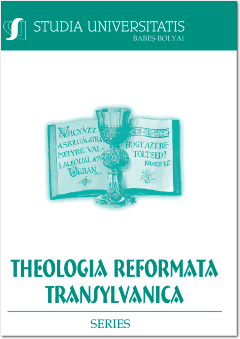KOMMUNIKATÍV KONFLIKTUSMEGOLDÁS PROBLÉMAMEGOLDÓK-E A MEDIÁCIÓ RÉSZTVEVŐI?
COMMUNICATIVE CONFLICT-SOLVING
Author(s): Andrea FerencziSubject(s): Christian Theology and Religion, Theology and Religion, Islam studies, Comparative Studies of Religion, Religion and science , Sociology of Religion, History of Religion
Published by: Studia Universitatis Babes-Bolyai
Keywords: mediation; communicative action; problem solving; transformation; consense; interpersonal argument.
Summary/Abstract: The essential promise of the mediation is that it can help to avoid on both sides the dead-end defined in the research results of the Harward Negotiation Project, which reduces the chance of an agreement. Mediation creates a possibility for the parties to overcome on one side the attitude, which struggles to subordinate the strengths of the other side. This occurs, when any of the parties emphasizes only his own interpretation about the situation, or offers only his own solution proposals, without any kind of self-reflection or the curiosity towards the arguments of the other party. This attitude is labeled: “the parties are enemies”. On the other side, mediation overcomes the attitude, which would seek at any price a modus vivendi, through compromises, which lead to abandoning the own principles. This attitude is labeled: “the parties are friends”. Mediation also helps finding a new ability of the parties meant to coexistence to provide common efforts. This attitude is labeled: “the parties want to solve problems”. The last possibility among the mutual satisfaction may ground for long term the effective cooperation and success of the parties. On this level it may lead to communicative action.In this study I analyze the narratives and thematization of the mediation in the local literature from the point of view of finding an answer to the question: to what account does the process of mediation make possible the realization of the communicative action (Ferenczi, 2010)
Journal: Studia Universitatis Babeș - Bolyai Theologia Reformata Transylvanica
- Issue Year: 62/2017
- Issue No: 2
- Page Range: 157-173
- Page Count: 17
- Language: Hungarian

